ENGL 4351: Modern American Fiction
Literature is one way of making sense of the world. This course looks at some of the ways modern American writers have made sense, or tried to make sense, of the rapidly changing twentieth century. Although there's a world of difference between, say, the disturbing introspection of Sylvia Plath's heroine and Vladimir Nabokov's rapturous villain, students learn to evaluate each work in its social and artistic context. Students examine how the positions we occupy-for example, our gender, class, or race-determine in part the kind of sense we make of the world, as both writers and readers.
Learning outcomes
- Identify representative examples of literary movements and major authors based on the style and subject matter of a passage.
- Demonstrate close reading skills, having steeped themselves in the texts and communicated their understanding in formal and informal writing assignments.
- Describe the cultural and historical contexts of literary works and analyze the way authors responded to these contexts.
- Select and apply diverse critical frameworks (e.g., formalism, historicism, gender and sexuality studies, book, and media studies) to interpretive problems.
Course topics
- Unit 1: Henry James’s Social and Psychological Realism
- Unit 2: The Brute in the American City: Frank Norris and Naturalism
- Unit 3: Feminine Malady and Feminist Utopia in Charlotte Perkins Gilman
- Unit 4: The Lost Generation and the Transformation of the Short Story
- Unit 5: Nella Larsen: Writing Double Consciousness
- Unit 6: Richard Wright: The African American Novel of Protest
Required text and materials
Students are responsible for purchasing the required materials on their own:
- James, Henry, et al. (2003). Tales of Henry James (including The Text of the Tales, The Author on His Craft, Criticism). W. W. Norton & Company.
Type: Novel. ISBN: 9780393977103 - Norris, Frank. (2009). McTeague: A Story of San Francisco. Oxford University Press.
Type: Novel. ISBN: 9781504042338 / 9781504042338
Note: This item can be purchased directly from the following VitalSource link.
- Larsen, Nella. (2007). Passing. Penguin Classics.
Type: Novel. ISBN: 9780142437278 / 9781101191156
Note: This item can be purchased directly from the following VitalSource link.
- Gilman, Charlotte Perkins, and Beth Sutton-Ramspeck. (2013). Herland and Related Writings. Broadview Press.
Type: Novel. ISBN: 9781551119878 / 9781460400999
Note: This item can be purchased directly from the following VitalSource link.
- Wright, Richard. (2003). Native Son. Harper Perennial Modern Classics.
Type: Novel. ISBN: 9780517012277 / 9780735254657
Note: This item can be purchased directly from the following VitalSource link.
Assessments
Please be aware that should your course have a final exam, you are responsible for the fee to the online proctoring service, ProctorU, or to the in-person approved Testing Centre. Please contact exams@tru.ca with any questions about this.
To successfully complete this course, students must achieve a passing grade of 50% or higher on the overall course, and 50% or higher on the final mandatory exam.
| Assignment 1: Textual Analysis, Units 1–2 | 15% |
| Assignment 2: Multimodal Project | 10% |
| Assignment 3: Textual Analysis and Research, Units 1–4 | 15% |
| Assignment 4a: Textual Analysis and Research Proposal, Units 1–6 | 5% |
| Assignment 4b: Textual Analysis and Research Essay, Units 1–6 | 15% |
| Mandatory Final Exam | 40% |
| Total | 100% |
Open Learning Faculty Member Information
An Open Learning Faculty Member is available to assist students. Students will receive the necessary contact information at the start of the course.
